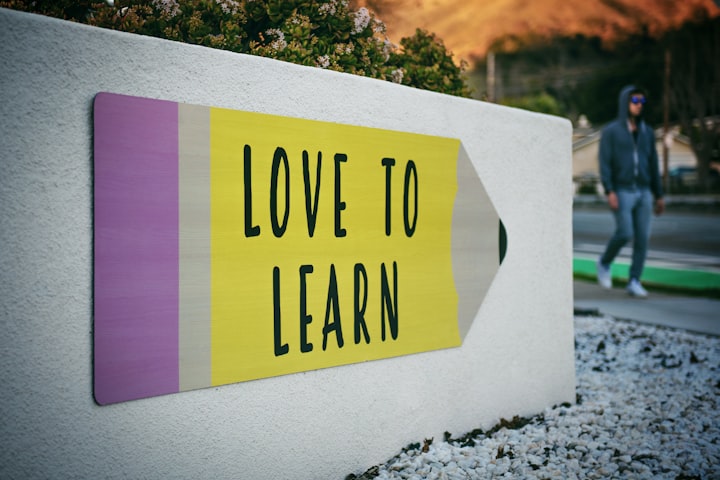How to Tell Stories for Your Business
Learn how stories can connect you with your audience and get them to take action.
Do business marketing and communication sound dry and static to you? Maybe you see it as a 'paint-by-numbers' activity. And that business language is all about sales and financial forecasts.
But what if business marketing was more like telling a story?
Stories are how we make sense of the world. They're how we engage with other people and build relationships. And they're powerful tools for businesses too. After all, businesses are made up of people.
And in the journey of starting your own business or building your freelancing client base, you're bound to experience as many twists and turns as you would in a novel.
You can tell stories in your business and about your business to employees and customers. In doing so, you show people that your brand is a living, breathing entity - not just a logo or a product.
Your audience will connect with you better. They'll remember you easily and they'll be more likely to hire you or buy your products and services. You can also use your story to build your brand on social media, in ads, and more.
Now, let's explore how you can start identifying stories in your brand and start telling them in a meaningful way.
1. Find your best stories
To begin with, I recommend reading Simon Sinek's book Start With Why. And it's follow-up - Find Your Why.
These books are bestsellers for a reason. They explain how important it is to have a clear purpose as a business. Without one, you'll find it difficult to connect with people or stand out from the competition.
Your 'why' is the foundation of your story. It's what motivates you and drives your business forward. The book Find Your Why has powerful suggestions for finding out your core values and the stories that matter in your business.
Sit down with your team or with a pen and paper if you're doing this on your own. Start by thinking about your work and the people involved in it. Go back to the beginning of your business - from when your first ideas came up to do something different.
Start listing out your early dreams, struggles, wins, and failures. Don't hold back on any event or story. The more detailed you get, the easier it is later on when you start formulating things like your business mission or your brand campaigns.
Keep going until you've shared all the stories you can think of. Now, start narrowing down the best stories that you believe identify your journey and what you stand for.
We'll focus on these stories to help you connect with your audience.
2. Know your audience
Now that you have some stories in mind, it's time to start thinking about the people who will be reading or listening to them.
Some of your brand stories will resonate with your audience better than others. Pick those stories that best match your customers' needs.
If you want to get more personalized, you can even segment your audience into different groups. And opt to tell different stories to different audiences.
For example, in your broader audience, you might have a group that consists of moms and another group consisting of retired people. Depending on each group, you can share a different story to attract them and connect with them better.
The best stories are also the ones that people can relate to.
When you're thinking about what story to share, ask yourself if it's something that your audience will be able to identify with. If the answer is no, then it might not be the best story to share.
For example, if you're a business coach, you might want to share a story about how you overcame your own challenges in business. This is something that people can relate to and it will help you connect with them on a personal level.
3. Start working on your story formats
Once you've got your audience in mind, you need to start thinking about the format of your story.
The best stories are usually the ones that are brief but still full of detail. People's attention spans are shorter than ever these days. So, if your story is too long-winded, the chances are that your audience will lose interest before you even get to the point.
To begin with, create a few blog posts or social media posts around your story. You can even create a video if you want to.
The key is to be creative and experiment with different formats until you find one that works best for you and your audience.
4. Share your stories online
Now that you've got your story, it's time to start sharing it with the world.
The best way to do this is by using social media. It's a powerful tool that allows you to reach a huge audience with minimal effort.
Start by creating social media accounts for your business. If you already have them, that's great. If not, now is the time to set them up. Use hashtags, post regularly and be sure to interact with your audience.
Some of the platforms you should leverage are LinkedIn, Medium.com, Vocal.media, and of course, YouTube.
5. Connect your stories with taking action
The whole point of sharing your stories is to connect with your audience and get them to take action.
At the end of your story, talk about how your journey led to your creating your business or working as a freelancer.
Then, add a CTA or call-to-action (CTA) in your blog post, articles, social media post, or video. You can ask people to follow you online, join your email newsletter, take a free trial of your product, or do some other action.
Your CTA is critical because it helps you build your audience and connect directly with people. You'll be able to reach out to them later to nurture your audience into paying customers. And your story will have acted as a bridge that got you there.
Conclusion
Telling stories is a great way to connect with your audience and get them to take action. By following the tips above, you'll be able to craft stories that will help you build a strong connection with your target audience and create brand authenticity. So, don't wait any longer. Uncover your best stories and start sharing them with the world to grow your business and yourself.
About the Creator
Syed Balkhi
Syed Balkhi is the founder of WPBeginner, the largest free WordPress resource site. You can learn more about Syed and his portfolio of companies by following him on his social media networks.







Comments
There are no comments for this story
Be the first to respond and start the conversation.